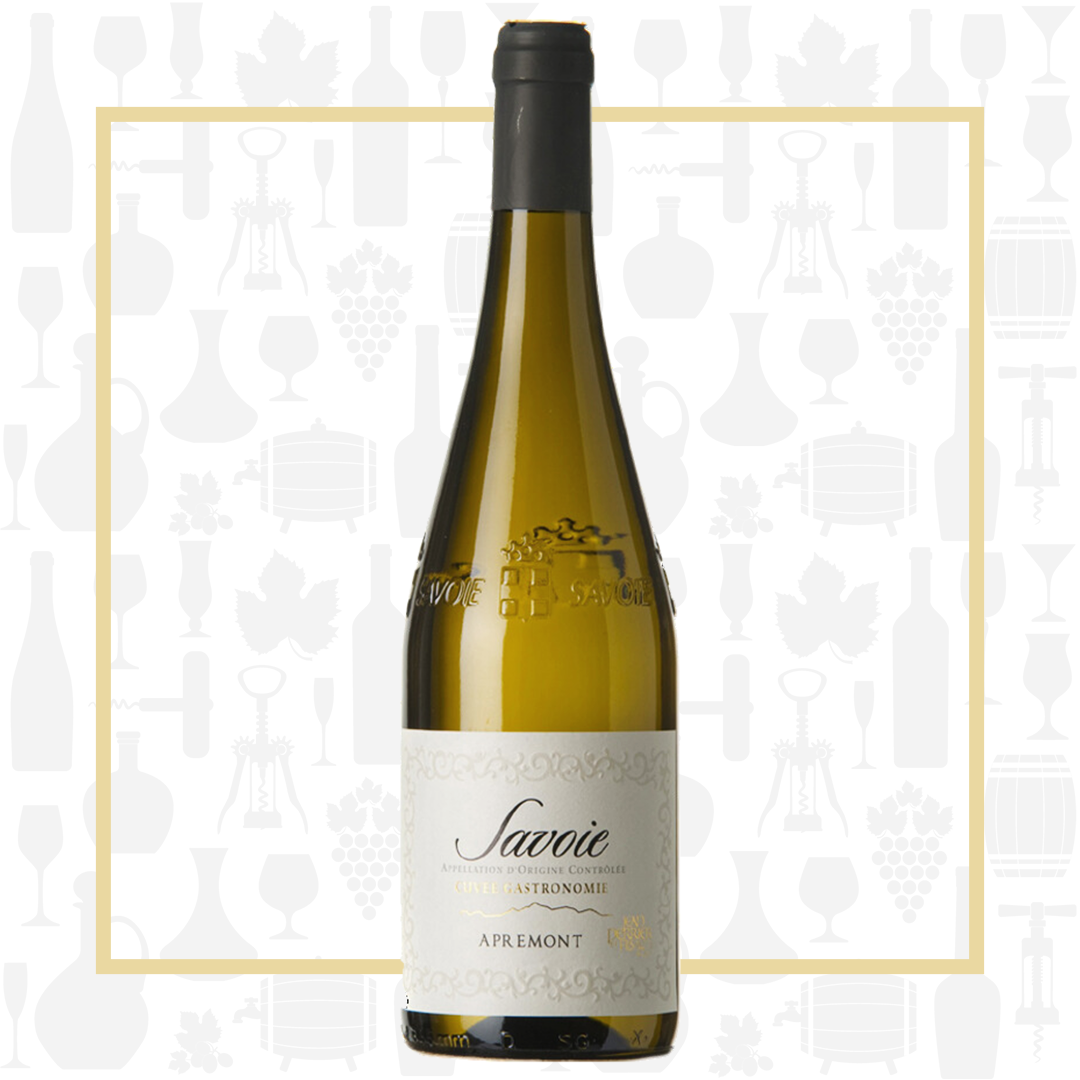Cellar Profile
The Jean Perrier et Fils winery began in 1853 with a single vineyard and a humble cellar. It has grown grapes continuously since that time and now owns 53 hectares planted in 8 different towns throughout the Savoie. Farming is done sustainably, by hand. Time-honoured traditions in the field and in the cellar, along with modern techniques such as pneumatic pressing and temperature-controlled fermentation for the whites, result in fresh, clean and vibrant wines. Vines are planted in limestone-rich soils and winemaking techniques are used to highlight the intense minerality of this terroir. This critically-acclaimed winery has exacting standards and a focus on highlighting the region’s singular profile. Apremont has been named to Wine Spectator’s Top 100 list on multiple occasions.
Region
Plantings in Savoie can be traced back to 1AD, with fossilized remains of the region’s indigenous red grape, Mondeuse. Situated close to Switzerland, south of the Jura, these Alpine Valleys are within sight of the imposing Mont Blanc, the highest peak in Western Europe. The peaks of the Savoie are much lower, rarely cresting 1500 ft. Known mainly for its white wines, the region possesses a true Alpine climate. The most widely planted grape is Jacquère. Other white plantings include Altesse, Chasselas and Roussanne while the predominant reds are the native Mondeuse, Pinot Noir, Gamay and the rare Persan. Long, dry growing seasons, cool (even cold!) evenings, large diurnal shifts, limestone soils and high acid varieties result in wines with freshness and a saline minerality. There are 6 AOCs in Savoie but the majority of the wines come from the Vin de Savoie appellation, which allows grapes from across the region to be used. Within Vin de Savoie are 14 Crus (similar to “Villages” level wines in the Southern Rhône) which can apply their names to white grapes, one of which is the well-known Apremont.
Vineyard
The Apremont Vineyard is steeply sloped and sits atop soils rich in clay and limestone. It is sustainably-farmed and planted primarily to the region’s most noble variety: Jacquère. Careful pruning and selection during both the growing season and harvest ensure full ripeness in these early-ripening grapes.
Winemaking
Hand-harvested grapes are gently pneumatic-pressed. Fermentation — using selected yeasts with temperature control to avoid malolactic conversion — takes three weeks. A brief aging on its lees is followed by a light settling. Bottled young and fresh.
Varieties
Jacquère is a high acid, aromatic white variety indigenous to the Savoie region of France, where it accounts for almost 50% of all plantings. It also has a limited presence in the Northern Rhône Valley. It is an early-budding, early-ripening grape that lends itself to more delicate, lower-alcohol (+/- 11.5%) wines. Vivacious acidity and intense minerality are its trademarks. Grown mostly in limestone and marl, it expresses the terroir of the high altitude, mountainous ski region it hails from, around little towns like Apremont and Abymes. It is susceptible to black rot and botrytis but is fairly resistant to powdery mildew, allowing it to be farmed sustainably in this region.
Tasting Notes
White flowers, flint, yellow melon and citrus on the nose. The palate is nervy and crunchy, with zesty white grapefruit, Meyer lemon and stony minerality. Light-bodied with a sweet-tart finish and a subtle creaminess in the core, this is a delicious aperitif wine as well as a great partner to Raclette or grilled white fish with fennel.

